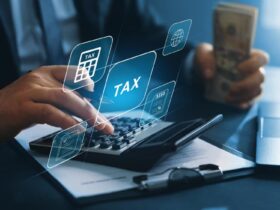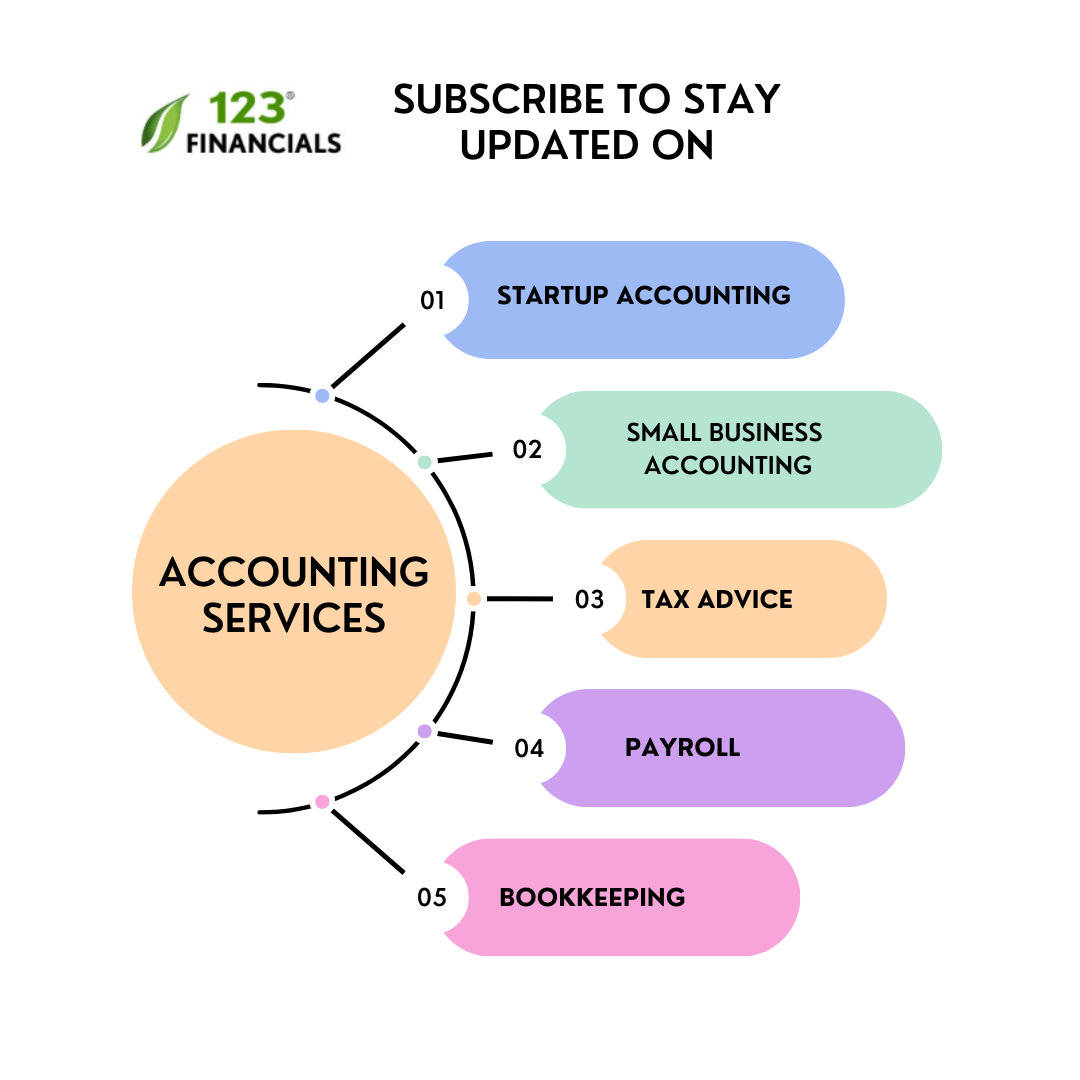Being a sole trader indicates that you work independently, which involves keeping all your hard-earned money after taxation. It’s the same as being self-employed—both enable you to set your schedule and select the clients you want to work with.
This is true throughout every sector, too, whether you’re a freelance hairdresser or consultant for small businesses. But, being a sole trader also comes with its own responsibility of filing your tax return.
Hire Tax Advisor
Work with a UK-based accountant for tax, accounting, payroll, & EIS/ SEIS needs.
In this blog, we’ll provide an overview of the various taxes that sole traders must pay, when they have to pay and how to file the taxes on time.
Table of contents
- What are the advantages of being a Sole Trader?
- How much tax will I pay as a Sole Trader?
- What expenses can individuals claim as a Sole Trader?
- How to File a Tax Return as a Sole Trader
- Final thoughts
What are the advantages of being a Sole Trader?
Selecting to structure your company as a sole trader ownership has benefits compared to other choices.
Below are some of the most prevalent advantages for sole traders:
| 1. Simpler setup for registration | Compared with setting up as a limited company, registering as a sole trader is relatively simple, with either an online or postal registration option to select from. |
| 2. Privacy controls | Being a sole trader indicates you are safeguarded by HMRC’s taxpayer privacy rules, enabling you to maintain more control over what accounts and other business data is accessible to the public. In contrast, limited companies legally must provide company accounts and director information to businesses’ houses annually. All company reports are readily accessible to the public through Companies House. |
| 3. Lower set up expenses | Creating a sole trader business typically requires lower startup costs than complex company structures such as corporations. This can be helpful to people with limited starting funds or those testing a company idea that involves little financial risk. |
How much tax will I pay as a Sole Trader?
A sole trader pays income tax on the company’s profits after allowable deductions for expenditures. The rate of tax payable on earnings depends on the income tax rates, which start at 0% and go up to 45%.
Four sole trader tax rates are also applicable to additional forms of income, such as from PAYE.
Income tax
Sole trader income tax rates:
- No tax payable for income between £0 – £12570
- 20% tax for income between £12,571 to £50,270
- 40% tax for income between £50,271 to £125,139
- 45% tax for income above £125,140
Suppose you receive any additional taxable earnings other than from your sole trader company. In that case, this has to be added to your self-employed earnings to give a total taxable earnings figure.
Sole Trader National Insurance
A sole trader will become responsible for class 2 and class 4 NIC based on profits.
Class 2 NIC will be due if you exceed the small profits limit, and class 4 will be payable if your earnings exceed the lower profits limit.
VAT
The self-assessment procedure will take care of most of your tax liabilities – it involves details of any earnings you have received from investments and savings, the disposal of resources, or earnings from renting out property.
If your company has a revenue of more than £85,000 over 12 months, you must additionally register your company for Value Added Tax (VAT).
When you are VAT-registered, you will have to add VAT to all of your expenses. You will also be able to get back the VAT you spent on company expenses.
In certain situations, it may be helpful to register your company for VAT, even if its revenue is below the Value Added Tax (VAT) limit. This is usually the case if most of your clients are business clients who can reclaim the value-added tax (VAT) you charge them.
Sole traders and Making Tax Digital
Making tax digital will impact sole traders at various points in the future based on their income level.
MTD for ITSA is part of making the taxation system more digital. It requires sole traders to keep electronic records and report quarterly to HMRC rather than filing an annual tax return.
HMRC expects entrepreneurs with an income of £50,000 or more to comply with MTD for ITSA from April 2026 and April 2027 for sole traders with earnings of more than £30,000.
Sole traders with earnings below the £30,000 limit will be requested to file under the MTD policy at some point after April 2027.
What expenses can individuals claim as a Sole Trader?
You can lower your tax bill by utilising your tax return to claim business related expenses. There are some expenditures which almost every sole trader can claim, like home computers and stationery used for work.
Additional expenses you can claim involve train tickets, petrol & other vehicle expenses for work travel, and a portion of utility costs if you WFH.
Sole trader expenditures can also be industry-specific. For instance, if you’re a hairstylist, you can claim the equipment cost and the rent you pay for the hair salon.
Regardless of what you do, remember to keep documents of the expenses you claim, like receipts and payments.
While you don’t have to provide these as part of your self-assessment tax returns, HM Revenue and Customs may ask for proof of your deductions further down the line.
How to File a Tax Return as a Sole Trader
Before you begin, you must ensure you have all the data you need to complete the tax return. This involves:
- Your ten-digit (UTR) Unique Taxpayer Reference
- Your National Insurance Number (NIC)
- Information of your untaxed income, including dividends, self-employment, and interest on shares
- Documents of costs related to self-employment
- Contributions to pensions or charities that may be qualified for tax relief
- P60 or other documents which demonstrate how much revenue you have received that you have already paid taxes on
As a sole trader, you are required to fill in two forms:
- The SA100 (main tax return)
- Either the SA103S (if your yearly revenue was below the VAT limit of £85,000) or the SA103F (if your annual revenue was above the VAT threshold)
When completing your return, use the data provided above to declare your self-employed earnings and costs and any other earnings you made throughout the tax year. Ensure you record all your earnings on your return, even if you have already paid taxes.
Hire Tax Advisor
Work with a UK-based accountant for tax, accounting, payroll, & EIS/ SEIS needs.
Final thoughts
Wrapping your head around sole trader tax is always complex, but understanding the basics is essential for keeping a positive cash flow while preventing penalties in the future.
With the information from this blog, sole traders can tackle tax obligations more informally and efficiently.





















